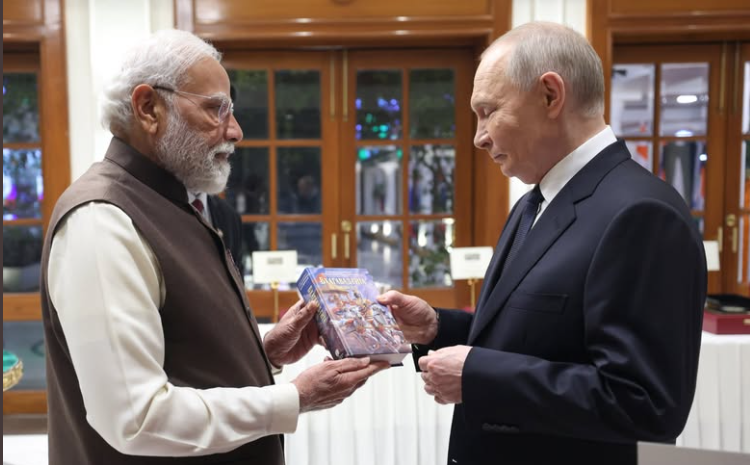India and China: An Advanced Technology Race
- InduQin
- Jul 30, 2021
- 2 min read

A rapid, technology-driven transformation is taking place within the global economy. India and China are playing decisive roles in this transformation as emerging advanced technology superstates. China is five to ten years ahead of India in most respects, but India is ahead in a few areas and is closing the gap in others. Chinese exports are far larger for manufactures, while India has the lead for business services. There is growing competition for foreign direct investment featuring large R&D components. Indian multinational companies, especially when including outward foreign direct investment, are ahead of Chinese companies not only for business services, but in the pharmaceutical, automotive and steel sectors as well.
The likely courses over the coming two to five years is that it is highly likely that India will continue its 8% to 10% annual growth, while China is equally likely to experience a "hard landing" adjustment from excessively export-oriented to more domestically-oriented growth, including slower growth for at least a couple of years.
Both nations face obstacles to continued high growth, but India is on a more balanced growth path, with growing momentum from private sector investment, including for urgently needed infrastructure. China has had higher, 10% to 11% growth, but half or more of the growth has been accounted for by increased exports of manufactures and related investment. External and internal pressures to shift toward more domestically-oriented growth, including through a major revaluation of the yuan, are building, but the restructuring faces formidable obstacles.
The United States needs a forceful and comprehensive policy response to this rapid rise of China and India to advanced technology superstate status. In the short to medium term, economic policy issues will dominate, while over the longer term foreign policy and national security issues will become more important.
The current economic policy context for the United States features a somewhat contradictory combination of very large and growing mutual gains from open trade and an international policy framework which has shifted out of balance to the detriment of U.S. technology leaders and the manufacturing and business services sectors more broadly. The policy response therefore needs to continue to encourage the mutual gains from free trade while righting the balance in the policy framework so that trade and investment flows are determined by competitive market forces rather than government manipulation.
Read More at https://www.industryweek.com/the-economy/article/21956123/india-and-china-an-advanced-technology-race







Comments